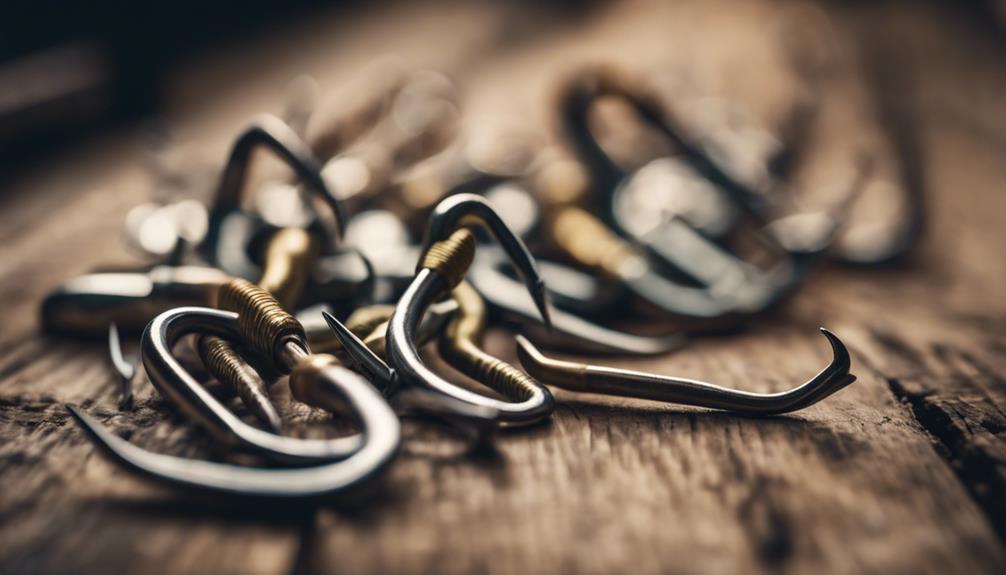Fishing is a beloved pastime for many, offering a unique way to connect with nature, relax, and even bond with family and friends. However, whether you’re a seasoned angler or a beginner, you may wonder, “Do you need a license for catch and release?” This question is vital not only for legal compliance but also for the sustainable practice of fishing. In this article, we will delve deep into the licensing requirements for catch and release fishing, explore the importance of sustainable practices, and provide tips for responsible angling.
Understanding Catch and Release Fishing
Catch and release fishing is a conservation practice where anglers catch fish but then release them back into the water rather than keeping them for consumption. This method helps maintain fish populations and supports ecological balance. The practice is particularly popular among sport fishermen who enjoy the thrill of the catch without depleting fish stocks. However, the rules regarding catch and release can vary significantly by location, and understanding these regulations is crucial for responsible fishing.
Licensing Requirements for Fishing
Before heading to your favorite fishing spot, it’s essential to know that most regions require anglers to possess a fishing license, regardless of whether they plan to keep the fish or practice catch and release. In many states and countries, a fishing license is a legal requirement designed to regulate fishing activities and manage fish populations effectively. Always check local regulations to ensure compliance. Failing to obtain a necessary license can result in hefty fines and penalties, which can take the fun out of your fishing experience.
Variations in Regulations by Location
Fishing regulations, including licensing requirements, can differ widely between states, provinces, and countries. Some regions may have specific rules about catch and release fishing, while others may not require a license for this practice. For example, some freshwater lakes may have unique catch and release seasons or designated areas where this practice is encouraged. In marine environments, regulations might dictate certain species that can or cannot be caught and released. Always consult your local fish and wildlife agency or their website for the most accurate and up-to-date information regarding fishing licenses and regulations in your area.
The Importance of Sustainable Fishing Practices
Sustainable fishing is crucial for maintaining healthy ecosystems and ensuring that fish populations thrive for future generations. Catch and release fishing plays a vital role in this sustainability effort, as it allows anglers to enjoy the sport without significantly impacting fish populations. However, it is essential to practice catch and release responsibly. This includes using appropriate tackle, minimizing the time a fish is out of water, and handling fish carefully to reduce stress and injury. By understanding and adhering to sustainable fishing practices, anglers can contribute to the conservation of aquatic life.
Best Practices for Catch and Release Fishing
To ensure the highest survival rates of released fish, anglers should adopt several best practices. First and foremost, use barbless hooks or crimp the barbs on your hooks to minimize injury to the fish. Additionally, always keep the fish in the water as much as possible; if you need to take a photo, do it quickly and with wet hands to avoid damaging the fish’s protective slime coating. Avoid using a net if possible, as it can cause additional stress. Lastly, release the fish gently back into the water, allowing it to recover before swimming away. Implementing these practices not only increases the chances of fish survival but also enhances the overall fishing experience.
Understanding the Role of Local Conservation Efforts
Many states and regions engage in conservation efforts to protect aquatic ecosystems and fish populations. These initiatives often involve implementing specific regulations regarding catch and release practices, including designated catch and release areas, seasonal restrictions, and limits on the number of fish that can be caught and released. By participating in these programs, anglers can contribute to the health of local fisheries. Being informed about local conservation efforts ensures that you are fishing responsibly and supporting the sustainability of the sport you love.
Common Misconceptions About Catch and Release Fishing
There are several misconceptions surrounding catch and release fishing that can lead to confusion among anglers. One common myth is that catch and release is always harmless to fish populations. While it can be beneficial when done correctly, improper techniques or handling can cause stress and injury, leading to lower survival rates. Another misconception is that a fishing license is not required for catch and release fishing. As discussed earlier, most places require a license regardless of the intent to keep or release fish. Educating yourself and others about these misconceptions can promote responsible fishing practices and help protect aquatic ecosystems.
Final Thoughts: The Ethical Angler’s Approach
In conclusion, the question “Do you need a license for catch and release?” is a crucial one for anyone looking to engage in this popular fishing practice. Always check local regulations, obtain the necessary licenses, and adhere to sustainable fishing practices. By doing so, you not only comply with legal requirements but also contribute to the health of fish populations and ecosystems. As responsible anglers, we have a duty to protect our natural resources for future generations, ensuring that fishing remains a cherished pastime for years to come. Happy fishing, and remember to practice catch and release responsibly!
